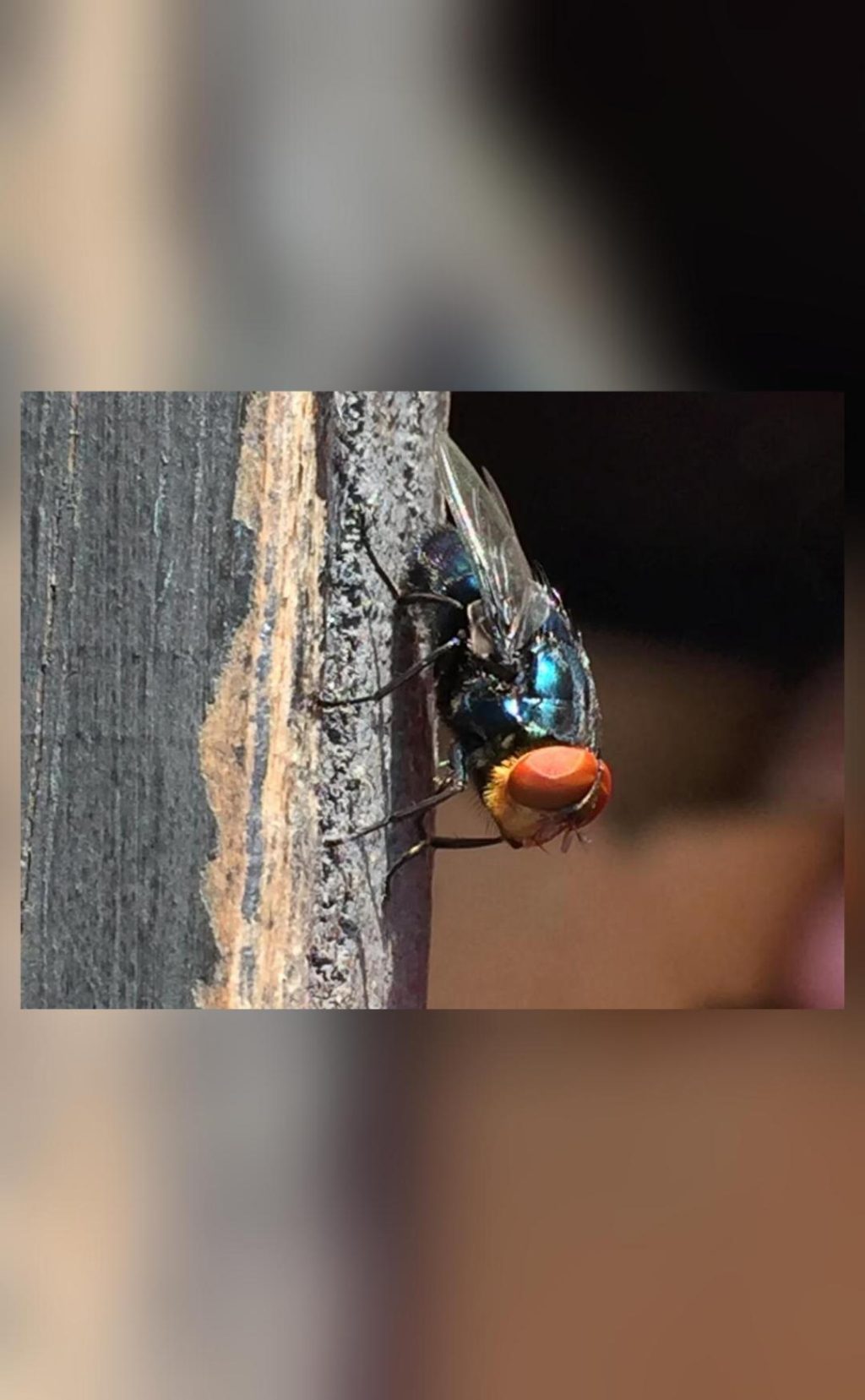
Why is US planning to breed screwworm flies & dump them from planes over Mexico?
The United States government is taking an unconventional approach to protect its beef industry from the flesh-eating larvae of the New World screwworm fly. In a bold move, the US government is planning to breed billions of male screwworm flies and dump them from planes over Mexico and southern Texas. The male flies will be sterilized with radiation to prevent them from reproducing with female flies, ultimately causing the population to die out.
The New World screwworm fly is a significant threat to the US beef industry, as its larvae can infest the flesh of living animals, causing severe health issues and even death. The fly has the potential to infest millions of head of cattle, resulting in significant economic losses and even the potential for human health risks.
To combat this threat, the US government has turned to an innovative solution: the release of sterilized male flies to mate with wild female flies, effectively controlling the population. This approach is known as the Sterile Insect Technique (SIT), and it has been successfully used in the past to control the population of other insect pests.
The plan is to breed billions of male screwworm flies in specialized facilities and sterilize them using radiation. The sterilized flies will then be released from planes over Mexico and southern Texas, where they will mate with wild female flies. Since the male flies are sterile, they will not produce offspring, and the population of the New World screwworm fly will slowly decline.
The US Department of Agriculture’s (USDA) Animal and Plant Health Inspection Service (APHIS) is leading the effort, in collaboration with the Mexican government and other stakeholders. The project is expected to involve the release of millions of sterilized male flies every week over a period of several months.
The SIT approach has several advantages over traditional methods of pest control. For one, it is a more targeted approach, focusing on the specific pest species rather than using broad-spectrum pesticides that can harm other beneficial insects. Additionally, the SIT approach is more environmentally friendly, as it does not involve the use of chemical pesticides or other toxic substances.
The US government is also working with local ranchers and farmers to educate them on the importance of the project and to encourage them to report any signs of screwworm fly infestations. This collaborative approach is critical to the success of the project, as it ensures that the flies are released in areas where they are most needed and that the local community is involved in the effort to control the pest.
While the SIT approach has been successful in the past, there are some concerns about the potential impact on the ecosystem. Some critics argue that the release of large numbers of sterilized male flies could disrupt the natural balance of the ecosystem, potentially harming other beneficial insects or even affecting the food chain.
However, the USDA and other experts involved in the project argue that the benefits of the SIT approach far outweigh the potential risks. They point out that the screwworm fly is a significant threat to the US beef industry, and that the release of sterilized male flies is a targeted and effective way to control the population.
In conclusion, the US government’s plan to breed screwworm flies and dump them from planes over Mexico and southern Texas is an innovative and targeted approach to controlling the population of the New World screwworm fly. While there are some concerns about the potential impact on the ecosystem, the benefits of the SIT approach make it a worthwhile investment in the US beef industry.
Source:






